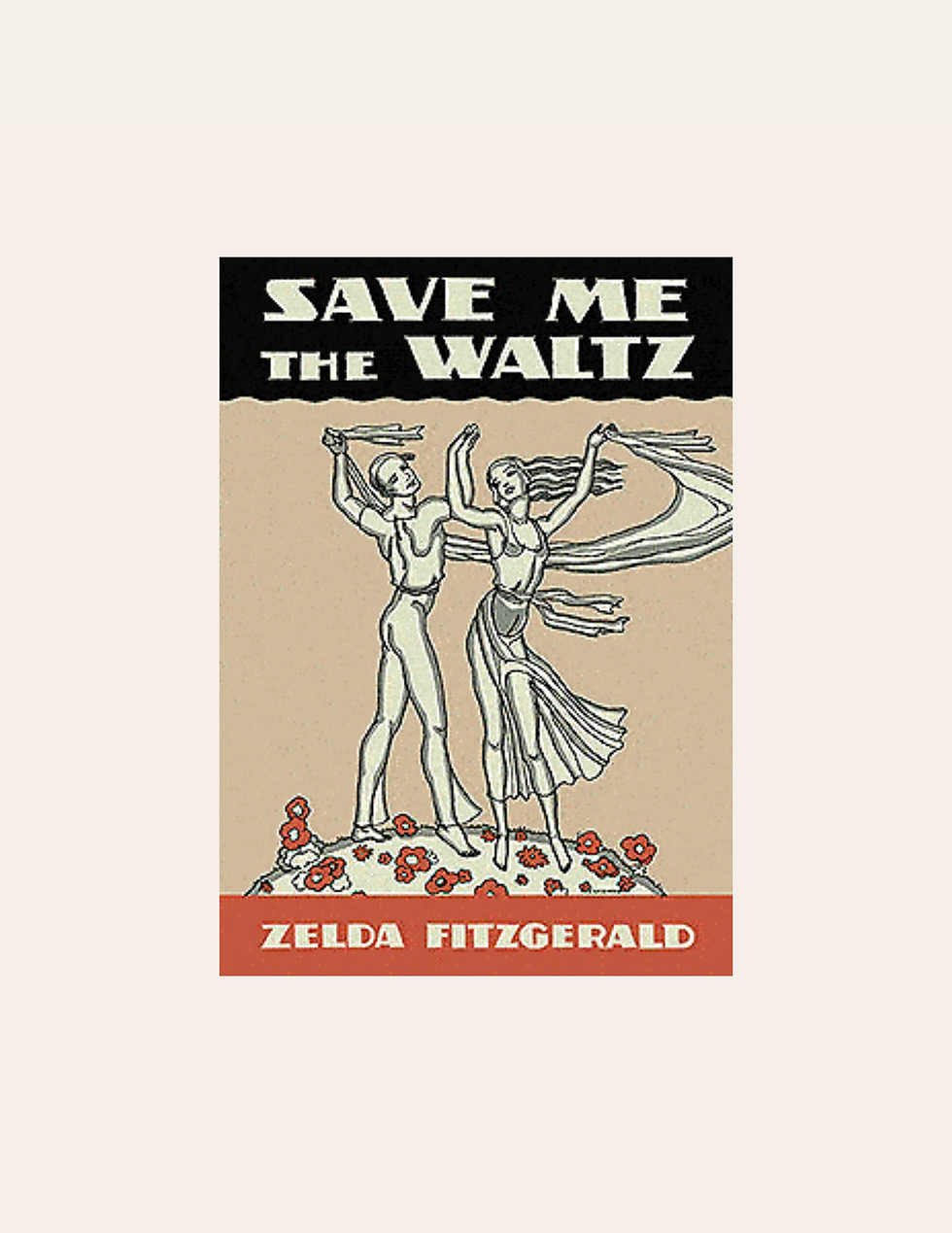Dorothy Wordsworth
- tabitharandlett1
- Apr 30
- 3 min read
Dorothy Wordsworth was incredibly close with her brother, William, though scholars have long debated the details of their relationship. Some insist on its innocent sibling dynamic while others speculate darker themes of coercion, manipulation, and even incest. While much of their bond remains merely conjecture, there is an undeniable overlap in the works of this brother and sister duo.

Born in Cumberland, William and Dorothy were two of five Wordsworth children. In 1781 when Dorothy was six, their mother passed, and they were sent to live amongst various relatives and in boarding schools. Two years later, their father died, and they became orphans. Both receiving high end educations and having interests in the arts, the siblings became extremely close.

In 1802, William got married to Dorothy’s best friend, Mary Hutchinson. Dorothy, William, and Mary all shared a house in the Lake District. Dorothy herself never married. Much of the incestual allegations directed at this pair of siblings stems from the doubt that William would tolerate his spinster sister’s company if he was not in a sexual relationship with her. Beyond this supposition, there is no sustenance to these claims.
While William became a prominent Romantic poet, Dorothy supported him both emotionally and creatively while confining her writing to a personal journal. The siblings became fast friends with Samuel Taylor Coleridge, another major English poet from the time. The three of them became incredibly inseparable, with Coleridge describing them as “three persons and one soul.” While Wordsworth and Coleridge became prolific and influential figures, Dorothy remained on the sidelines. The men praised her as their moral compass, rock, and muse, though her influence was much broader than they insisted.

This group enjoyed taking walks amongst nature together, often using material they saw on these adventures in their creative works. On one such walk, they stumbled upon a beautiful field of daffodils. All being utterly entranced, they returned home to note their discovery. As they typically did, the group discussed their trip and shared notes. William went on to write his poem, I Wandered Lonely as a Cloud, about this walk.

Despite being surrounded by highly skilled writers, Dorothy herself never published. However, after her death, her personal writings were collected and put into The Grasmere Journal, which was first released in 1897. Though never intended for public consumption, Dorothy was a skilled diarist and used this medium as an outlet for her own creative tendencies.
Dorothy wrote that she kept this journal
‘so that I will not quarrel with myself’ and ‘to give Wm pleasure by it.’
After The Grasmere Journal was published, many noticed an immense amount of overlapping in the themes and words of Dorothy and William’s poetry, particularly on one passage about their trip to see the daffodils. This raised speculation on the truth behind this sibling relationship. While it is difficult to determine the true extent of plagiarism and the intention behind this overlap, it is undeniable that Dorothy had just as much promise and talent as her brother.

In his poem The Sparrow’s Nest, William wrote about his sister,
“She gave me eyes, she gave me ears; And humble cares, and delicate fears; A heart, the fountain of sweet tears; And love, and thought, and joy.”
In a world with different rules about who gets to be considered a genius and who must be secluded to a tag-along friend, perhaps Dorothy would have attempted to share her gift more publicly. Perhaps William would not have stolen her words and instead encouraged his sister to make a name for herself. Perhaps Dorothy would be more than a provider of eyes, ear, and heart, she could be a fully enlightened figure herself without hesitation or bounds.
Sources
British (English) School. (19th century). William Wordsworth (1770–1850) [Oil painting]. National Trust, Wordsworth House.
Mallaby, G. (1950, December). Dorothy Wordsworth: The perfect sister. The Atlantic.
Poetry Foundation. (n.d.). Dorothy Wordsworth.
Ringo, H., & Kashyap, A. (Eds.). (n.d.). April 15th, 1802 from Grasmere Journal. Humanities LibreTexts.
Wikipedia contributors. (n.d.). The Sparrow's Nest. Wikipedia.
Wordsworth, W. (n.d.). I wandered lonely as a cloud. Poetry Foundation.
Writinglives: A Biography Blog. (2014, May 6). What to do about Dorothy’s Journal.



Comments